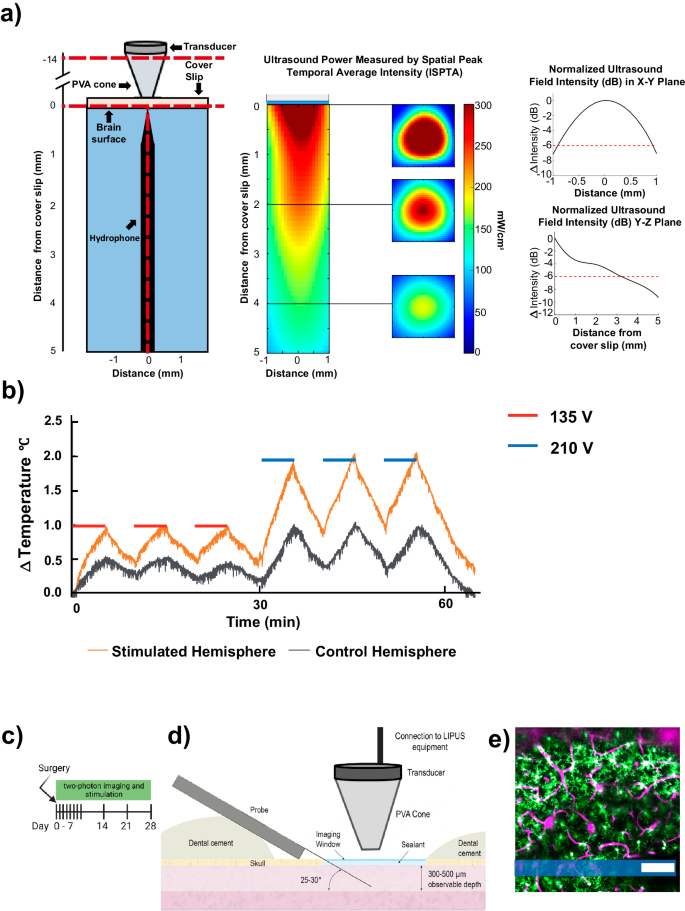2024-07-09 ピッツバーグ大学

<関連情報>
- https://news.engineering.pitt.edu/study-in-mice-suggests-how-chronic-kidney-disease-is-driven-by-sickle-cell-disease/
- https://ashpublications.org/blood/article-abstract/doi/10.1182/blood.2023023528/516347/Heme-induced-loss-of-renovascular-endothelial?redirectedFrom=fulltext
ヘムによる血管内皮プロテインC受容体の欠損が鎌状赤血球マウスの慢性腎臓病を促進する Heme induced loss of renovascular endothelial protein C receptor promotes chronic kidney disease in sickle mice
Qiyang Chen,Rimi Hazra,Danielle Crosby,Diane Lenhart,Shane C Lenhart,Paritosh Mondal,Yingze Zhang,Seyed Mehdi Nouraie,Roderick J Tan,Charles Esmon,L. Vijaya Mohan Rao,Kang Kim,Samit Ghosh
Blood Published:MAY 31, 2024
DOI:https://doi.org/10.1182/blood.2023023528
Key Points
- Circulating heme sheds EPCR from the renovascular endothelium, leading to sickle chronic kidney disease
- Plasma EPCR levels were elevated in Sickle cell disease patients with chronic kidney disease
Chronic kidney disease (CKD) is a major contributor to morbidity and mortality in sickle cell disease (SCD). Anemia, induced by chronic persistent hemolysis, is associated with progressive deterioration of renal health resulting in CKD. Moreover, patients with SCD experience acute kidney injury (AKI), a risk factor for CKD, often during vasoocclusive crisis associated with acute intravascular hemolysis. However, the mechanisms of the hemolysis-driven pathogenesis of the AKI-to-CKD transition in SCD remain elusive. Here, we investigated the role of increased renovascular rarefaction and the resulting substantial loss of vascular endothelial protein C receptor (EPCR) on the progressive deterioration of renal function in transgenic SCD mice. Multiple hemolytic events raised circulating levels of soluble EPCR (sEPCR) indicating loss of EPCR from the cell surface. Using bone marrow transplantation and super-resolution ultrasound imaging, we demonstrated that SCD mice overexpressing EPCR were protective against heme-induced CKD development. In a cohort of SCD patients, plasma sEPCR was significantly higher in individuals with CKD than in those without CKD. This study concludes that multiple hemolytic events may trigger CKD in SCD through the gradual loss of renovascular EPCR. Thus, restoration of EPCR may be a therapeutic target, and plasma sEPCR can be developed as a prognostic marker for sickle CKD.


